Bamberg & Nuremberg - Bavaria Diaries - Germany

Hello my friends. As I continued my journey through Bavaria, the next city I turned to was Bamberg. This place is also known as the Rome of Franconia. The city is built on seven hills, drawing a clear parallel with Rome. It is especially famous for its stunning Baroque architecture and numerous churches. There is even a small island here that resembles Tiber Island in Rome. We started our tour from the southwest of the city. From there it feels like the entire city is in the palm of your hand. Just a bit higher up lies Altenburg Castle.

This castle was fortified as early as the tenth century and served as a refuge for the townspeople during wars. Later on, it became the property and residence of the bishops of Bamberg. However, it suffered heavy damage during the wars of the fifteenth century. Only the central tower and parts of the defensive walls remained. Efforts to restore it were slow until 1801, when Dr. Adalbert Friedrich Marcus, a physician and history enthusiast bought the castle and began its restoration at his own expense. His work was continued by a civic association and today Altenburg is in excellent condition.

And the best part is that entrance to the castle is free. Even climbing the tower costs only a symbolic 1 euro. You simply leave the money in a small box. No one checks. This way you help preserve the castle. And in return for this small gesture, you get to enjoy an absolutely breathtaking view. It's a perfect place to begin discovering Bamberg.





With a city built on so many hills, there are naturally plenty of great viewpoints. After the castle we headed to the Rosengarten, the Rose Garden. It looks lovely even in winter, but in summer it transforms completely. Everything turns green and thousands of roses bloom in this small garden, surrounded by hedges. The garden is part of the New Residence of the Bishops of Bamberg. The palace, one of the city’s largest buildings, was built in Renaissance style. The bishops moved here in 1602 and the move was not too difficult since the Old Residence was right next door.


You can visit four grand ceremonial halls inside the palace. The Imperial Hall in particular is absolutely stunning. For two centuries the New Residence served as the main home of Bamberg’s bishops. Right next to the palace stands Bamberg Cathedral. It was founded in the early eleventh century by Holy Roman Emperor Henry II. The architecture is fascinating with four towers and two choirs. One of them is Romanesque and located in the east, the other Gothic and located in the west. Inside, we came across another masterpiece by Tilman Riemenschneider. This tomb monument is carved from Franconian stone and took 14 years to complete.


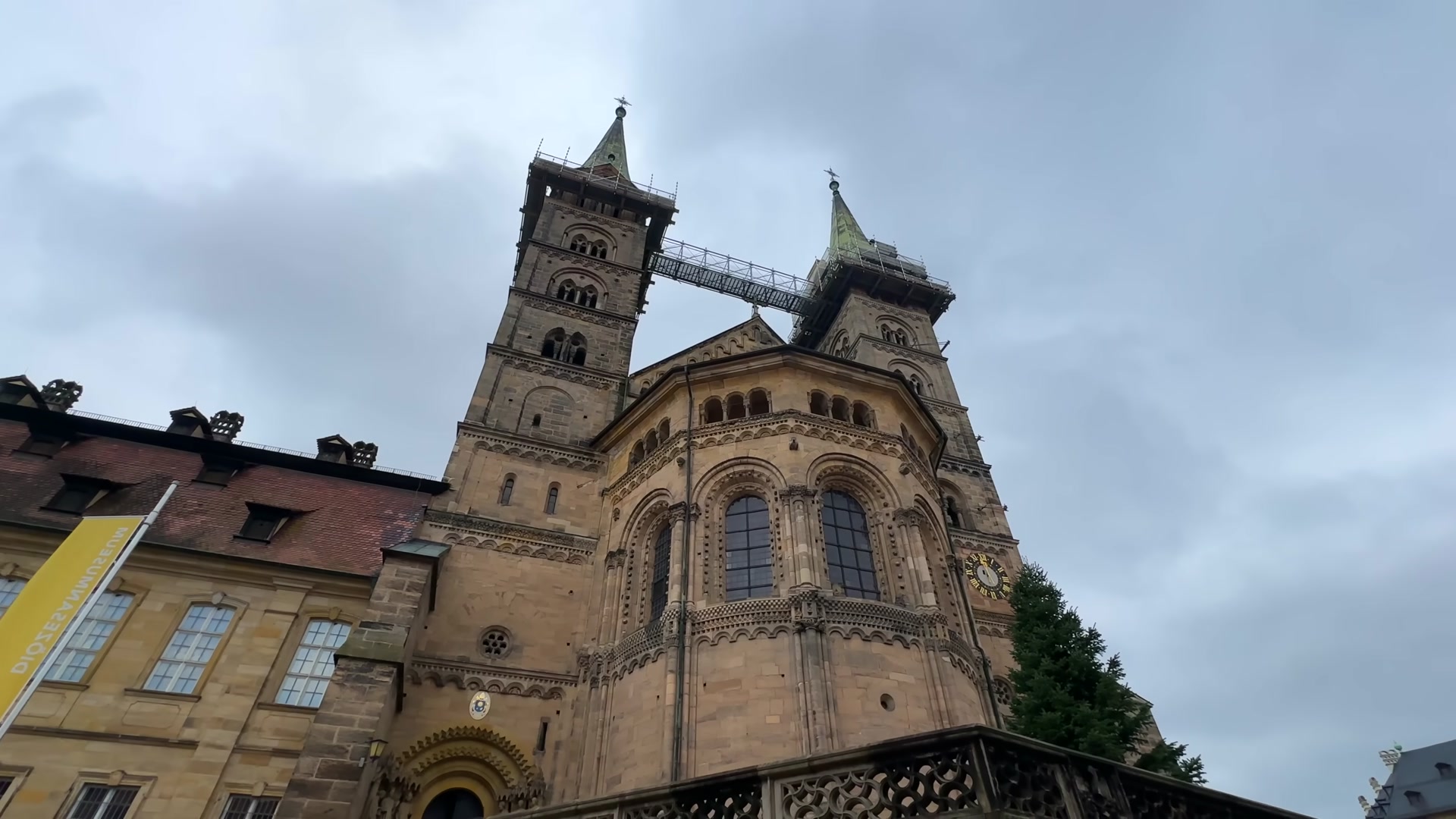

And then we saw the most unusual town hall I’ve ever come across. This building is also the subject of an important local legend. It is said that the people of Bamberg once wanted to build their own town hall. But the ruling bishop strongly opposed it. He said he would not give them even an inch of land. So the townspeople came up with a solution. They decided to build it on water. And they did, by driving piles into the river and constructing the first town hall above it.

Whether this story is true or not remains uncertain. However, historical records confirm that there was already a town hall at that location. It was later rebuilt and given a Baroque style facade. I think this building is not only the most unusual town hall I have seen, but also one of the most beautiful. The wall paintings here are like fine artworks.





Nearby there is also a scale model of old Bamberg that shows what the city looked like centuries ago. What stands out is how little Bamberg has changed over the last 400 years. Unlike its neighbors, it was barely affected by wars. The city survived almost untouched. So today, as you walk through its streets, you can see real, well-preserved medieval houses. This is rare for a city of this size.



The German writer E.T.A. Hoffmann also lived in Bamberg for a while. Today there is a small museum dedicated to him. It’s a great place for those who love magical works like The Nutcracker and the Mouse King, Undine and others. Interestingly Hoffmann moved to Bamberg around the time his friend Marcus was restoring Altenburg Castle. He loved the place and visited it often.




Unlike most German cities, Bamberg suffered almost no damage during World War II. The bishop palaces, churches, town hall and the old fishermen’s quarter known as Little Venice have all survived. Along the riverbank, there are small houses leaning closely together, as if competing to be nearest to the water. This area is ideal for walking and photography, especially in good summer weather.

After Bamberg came a completely different city: Nuremberg. During World War II it was nearly wiped off the map because of its role in weapons production. Interestingly many locals survived the terrifying bombings thanks to their love of beer. Nuremberg once had a huge number of private breweries, each with its own cellar. Over time, these cellars formed a vast tunnel network. During air raids, people took refuge underground. Tens of thousands of lives were saved this way.
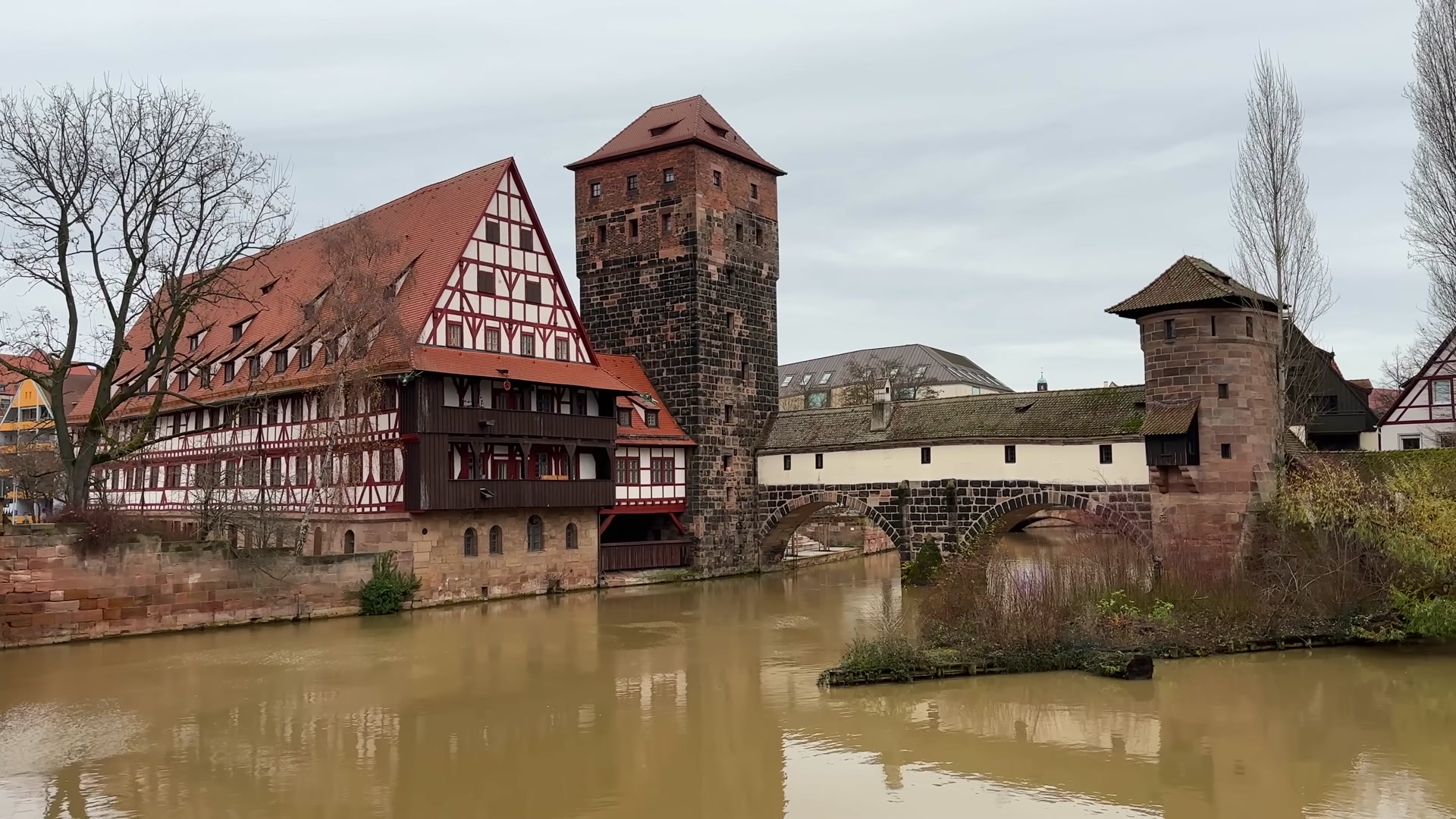
By 1945 most of the old city was destroyed. There were serious talks about building an entirely new city. In the end a detailed restoration plan was approved and much of the historic center was rebuilt. Today unless you are aware of the wartime destruction, it is almost impossible to tell the original buildings from the reconstructed ones.

This is most noticeable along the riverside, where high humidity has caused moss to grow. On the old bridge it is especially visible. The moss acts almost like glue, visually merging structures from the Middle Ages with those rebuilt after the war. This creates a seamless historic look, making it hard to tell which parts are old and which are new.

There are also some amusing architectural touches. One building we saw was clearly constructed in the second half of the twentieth century, but its roof was designed to look traditional, using classic tiles. The texture and color match the nearby historic buildings. A separate glass walled viewing floor was added on top, making it look a bit like a mushroom with a cap. I think it’s one of the most interesting houses in Nuremberg.

Since many buildings were restored with limited budgets, in some places only the shapes of old steep-roofed houses were preserved. But some restorations are quite elegant. In one central spot, for example, the building on the left has been preserved in its original form. The one on the right is also intact, with beautiful frescoes. A new building was constructed in the gap between them. With harmonious colors, a roof slope that matches the Jura style and carefully designed windows, the new building blends beautifully with its surroundings.



Germany’s first railway line opened in Nuremberg. It was only six kilometers long and went to Fürth. Since it had no connections to other lines, it stopped operating in the early 20th century. However, Germany’s first steam locomotive, the Adler, has been preserved. It was brought from Newcastle in England. Right across from it stands a modern train. The 19th and 21st centuries stand side by side here, showing how far industry has come in two hundred years.
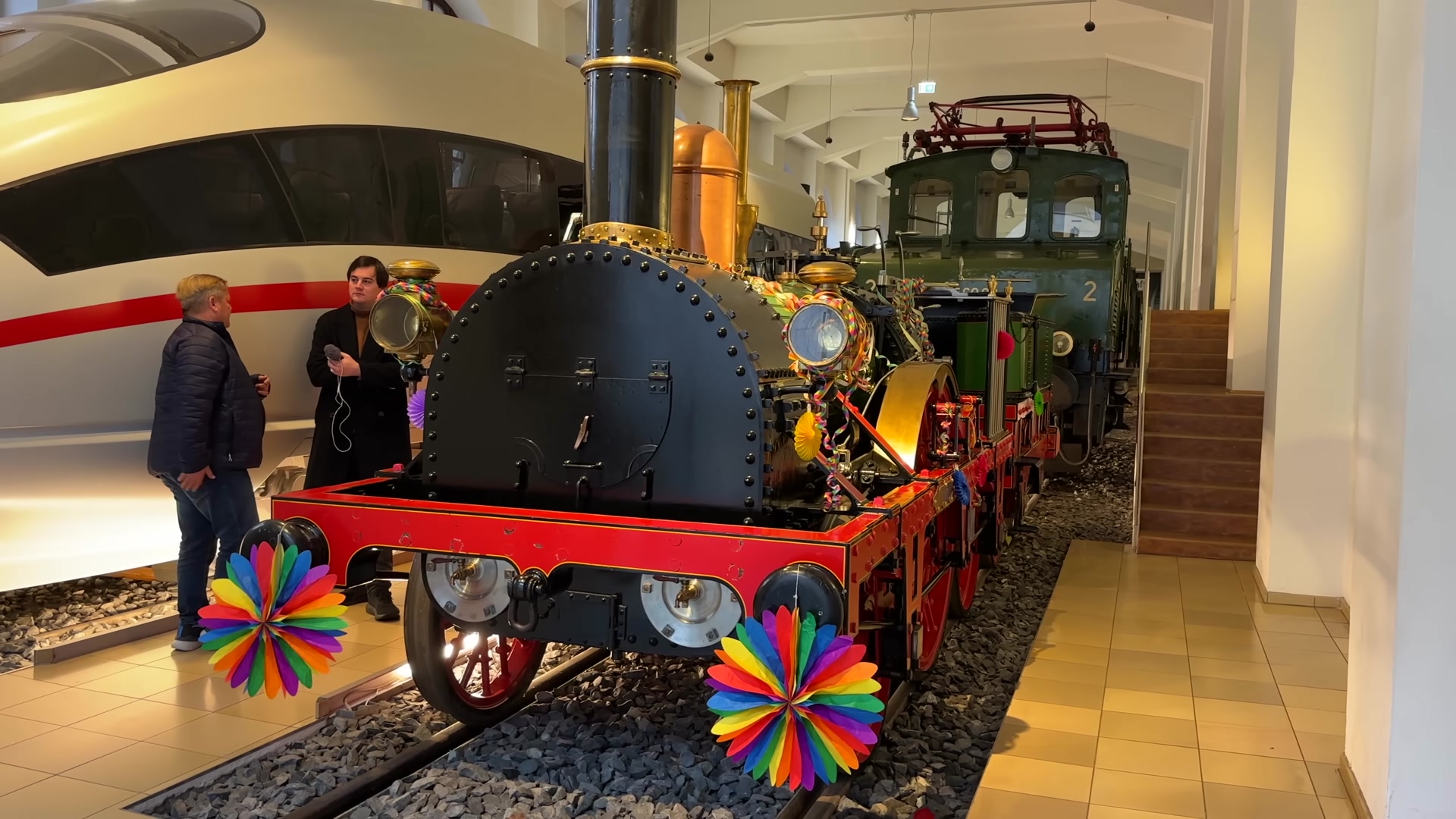
We found ourselves in the German Railway Museum. It is a large and interactive place. You can walk through the carriages and touch everything. It was a very enjoyable experience. One section in particular caught my eye. It showed the history of communication technology, with old televisions, landline phones, portable radios and detailed displays about postal services.

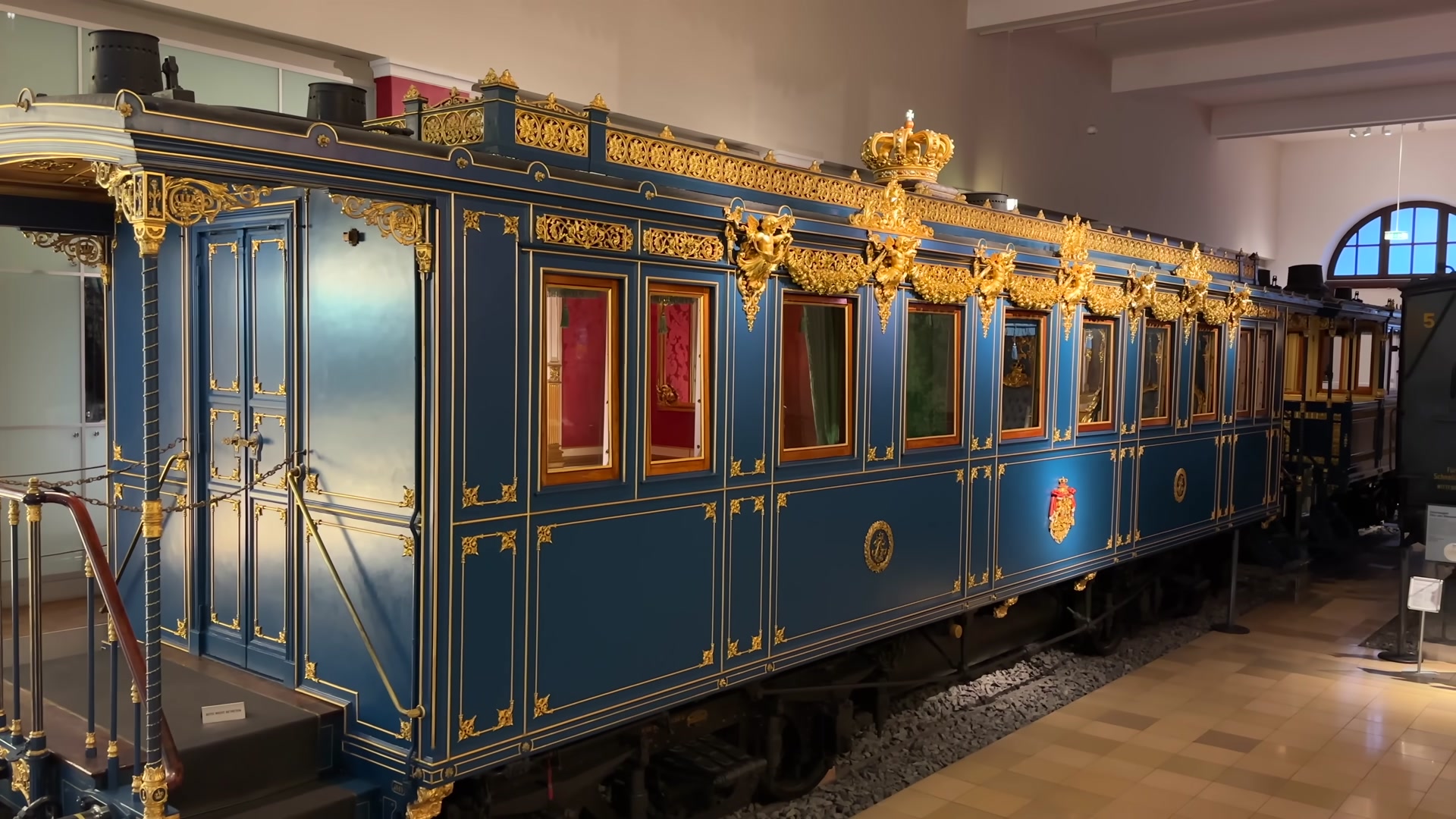
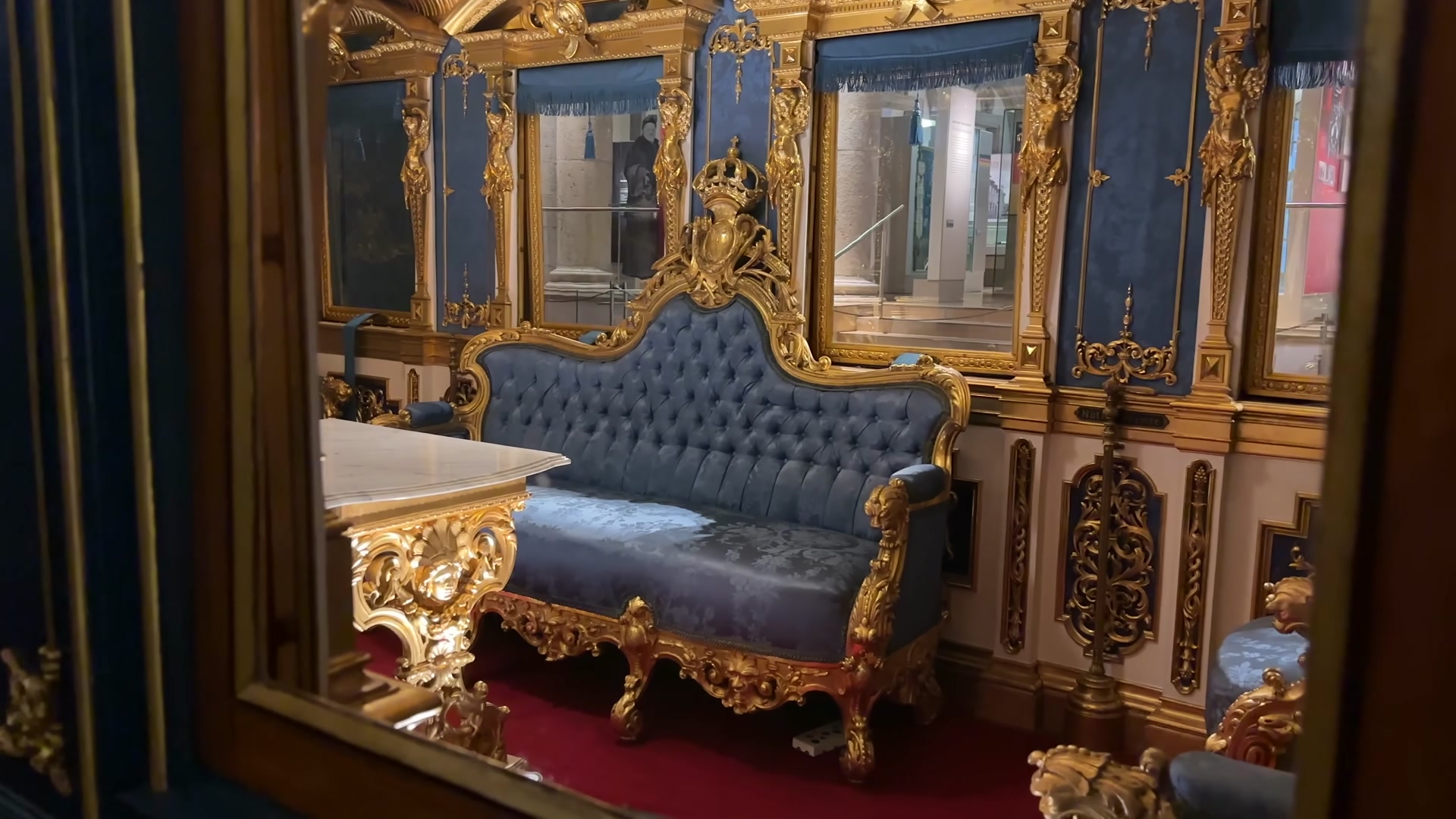

One of the most interesting items was an old postal car. I had never seen anything like it. It had a special section in the back for mailbags. I even saw a convertible version from the 1950s. And it was made by BMW. Yes, BMW once made cars like this. Both the hood and the only door are at the front. You pull a lever to open the large front panel and get behind the wheel.

The museum also features steam and electric train models from the 20th century, both in miniature and full size. Many iconic Siemens models are on display. While many people remember Siemens only for its old mobile phones, the company’s history is much deeper. It built the first telegraph line between Berlin and Frankfurt. The first tram, the first trolleybus. And Siemens also produced the train cars for the first metro line in Budapest.
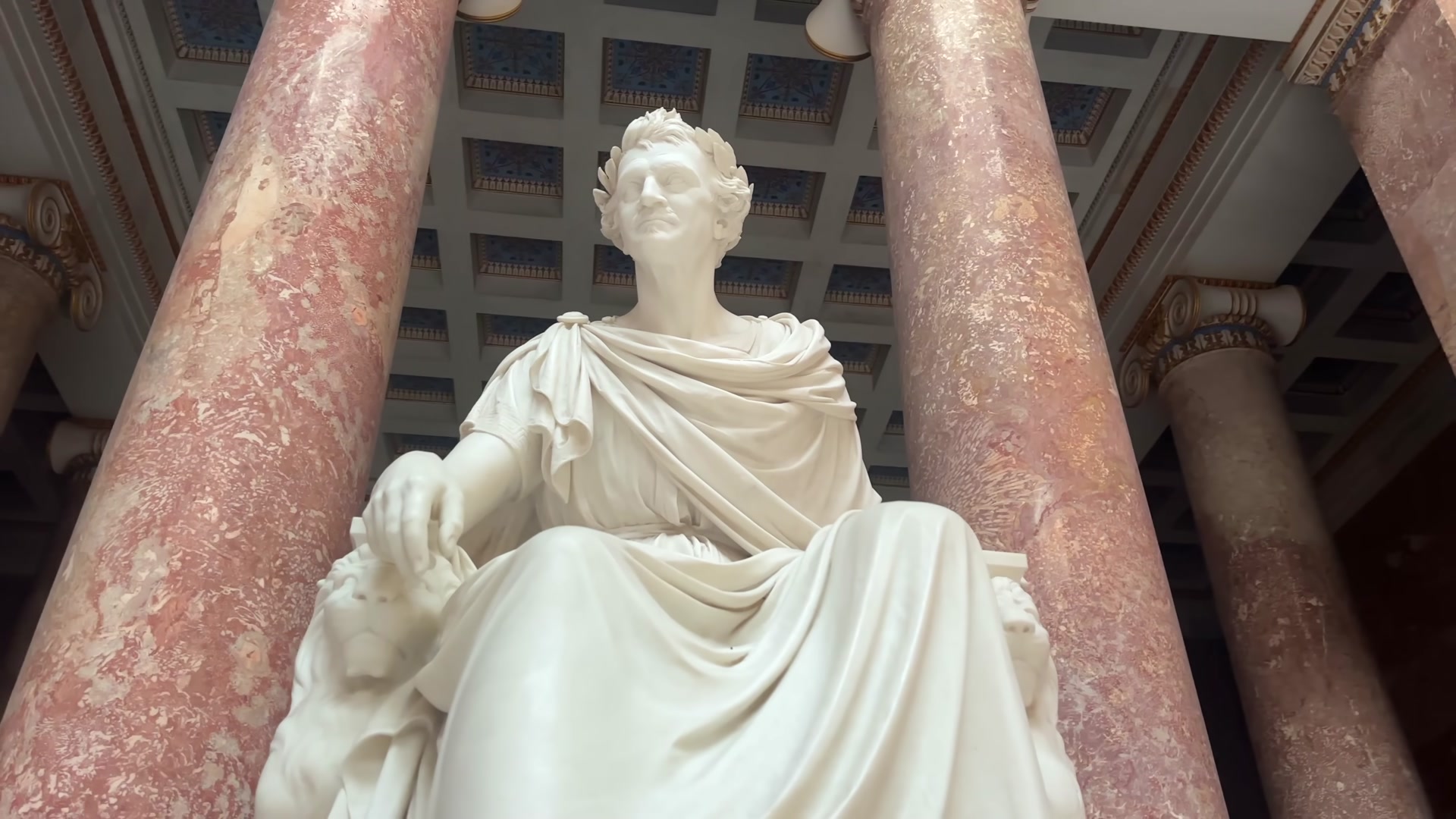
Finally, we visited Germany’s Hall of Fame. It is filled with statues of people who made significant contributions to German culture. There are figures from politics, art, literature, science and the military. The idea came from King Ludwig I of Bavaria. His aim was to honor those who had enriched German culture over the past 1800 years. At the time, Germany had not yet unified, so the hall also includes names from other countries connected to German culture. The complex is called Walhalla. Its design might remind you of something familiar. Yes, it was inspired by the Parthenon in Athens and closely follows its classical design, but it is not an exact replica.
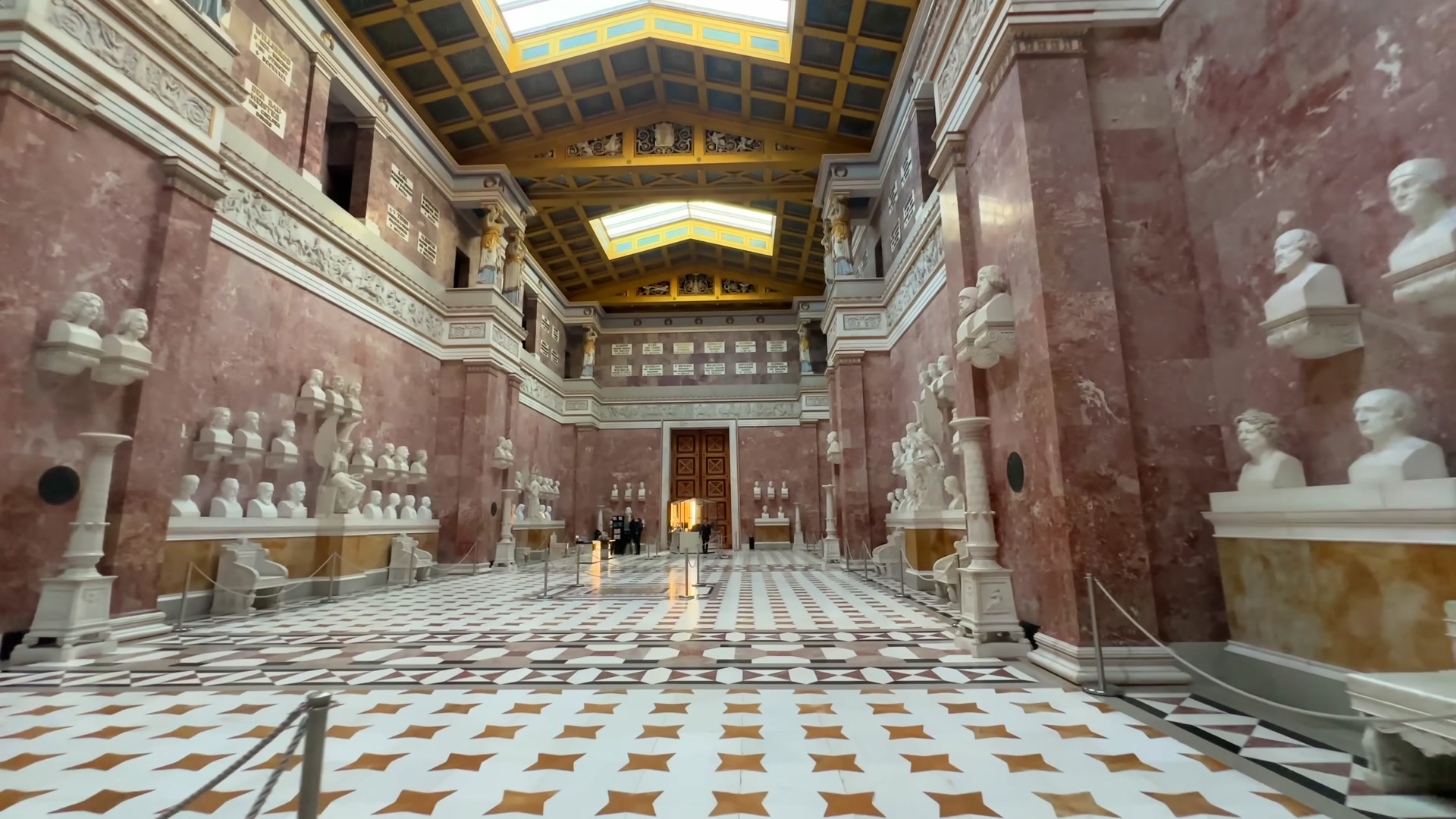
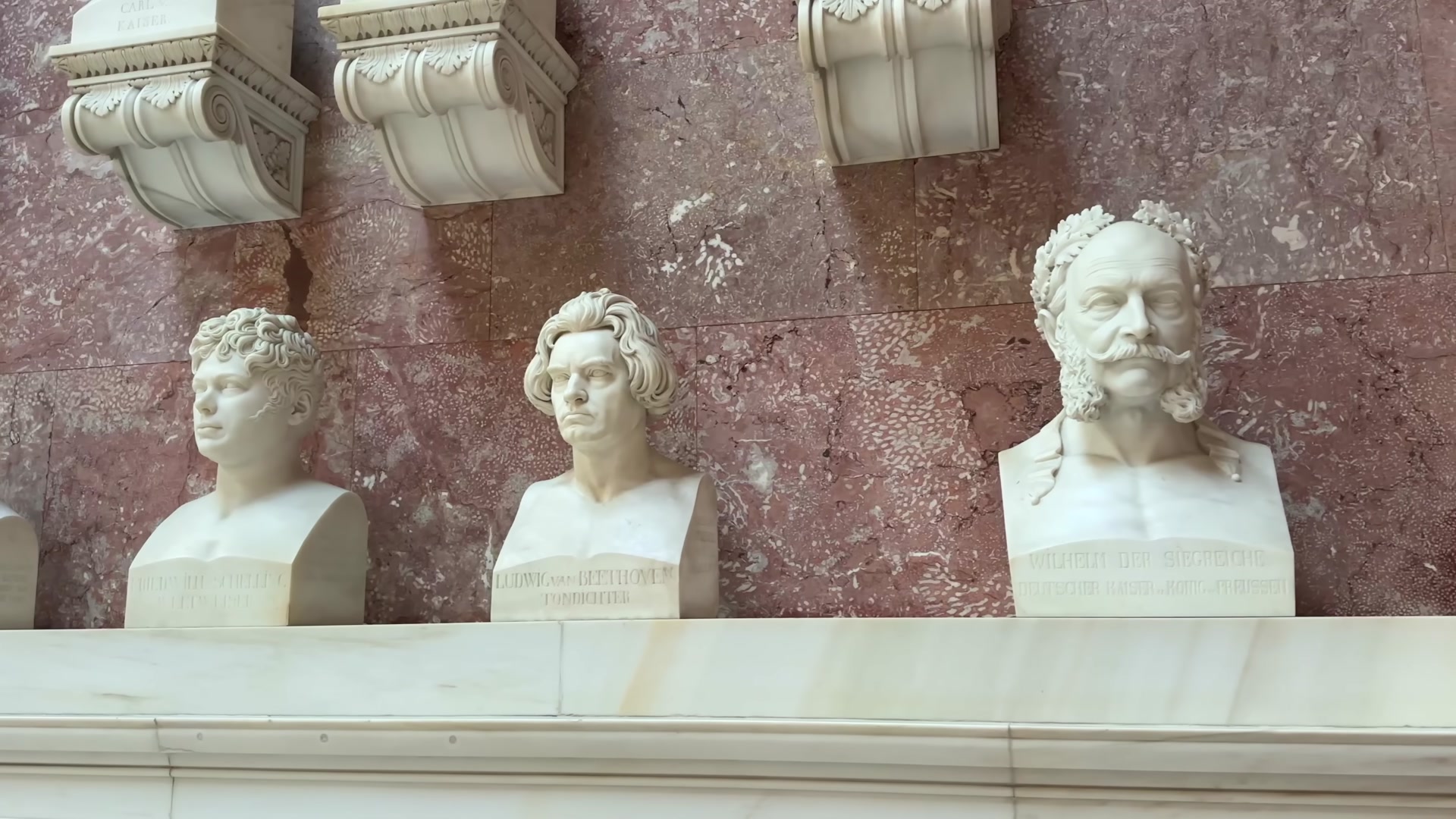

After that we headed to Regensburg, which is only 10 kilometers away. In my next post, I will talk about my visit to one of the most romantic cities in Bavaria. See you soon.
You can check out this post and your own profile on the map. Be part of the Worldmappin Community and join our Discord Channel to get in touch with other travelers, ask questions or just be updated on our latest features.
Wow! Thank you for sharing these beautiful photos. I would love to visit this place.
You’re very welcome. I hope one day you do visit. It’s such a special place. ✨
Wow, the building is really interesting, it's an old bumbreng scale, but it looks very charming. You managed to capture some photos at very different angles, it's amazing❤️
I’m really glad you noticed . I loved how charming and unique the architecture was. Took some fun shots from different angles to show it off ❤️ Thank you for stopping by
Fascinating journey through history and architecture—beautifully captured!
Thank you so much! I’m really glad you enjoyed it. Walking through those cities felt like stepping into a storybook. ✨
Germany is a dream country. The beautiful city surrounded by lakes is really great. The statues seem like living images. Best wishes to you.
So true, Germany really does feel like a dream. Those cities by the lakes, the architecture and the statues... it’s all so alive. Thank you for your kind words and best wishes. 🤗
Take love my friend ❤️
The castle and museum are both sturdy and classic. I love the atmosphere and the architecture of the buildings, which are so old yet still stunning.
I’m really glad you loved the vibe and the architecture. It’s amazing how those old buildings still feel so full of life. History really comes alive in Bamberg and Nuremberg
It's amazing that medieval houses still stand proudly, telling silent stories of centuries past. It’s rare to find a place that has preserved its charm so well, almost untouched by time.
I totally agree. It’s like stepping back in time. Those medieval houses really do whisper stories if you listen closely. I’m so glad you felt the magic of it all.
Yes! They hold so much character. Thanks for sharing this wonderful place.